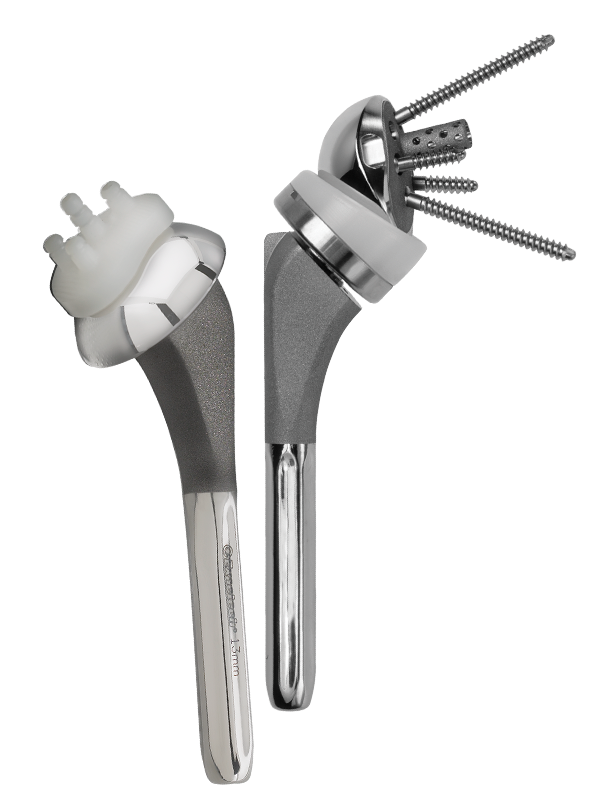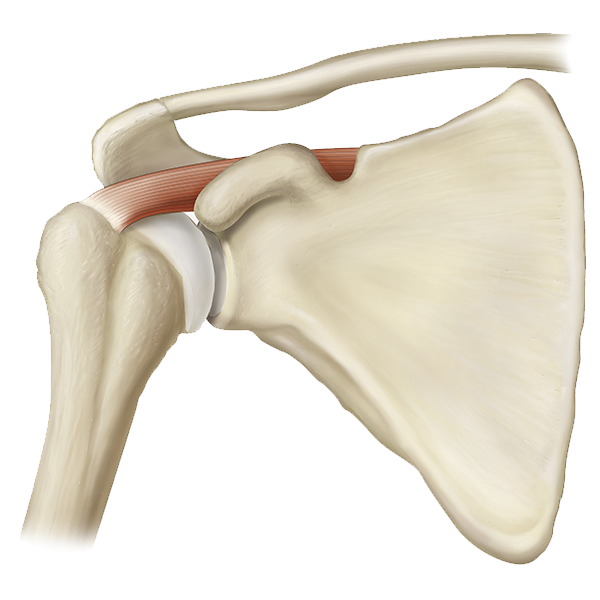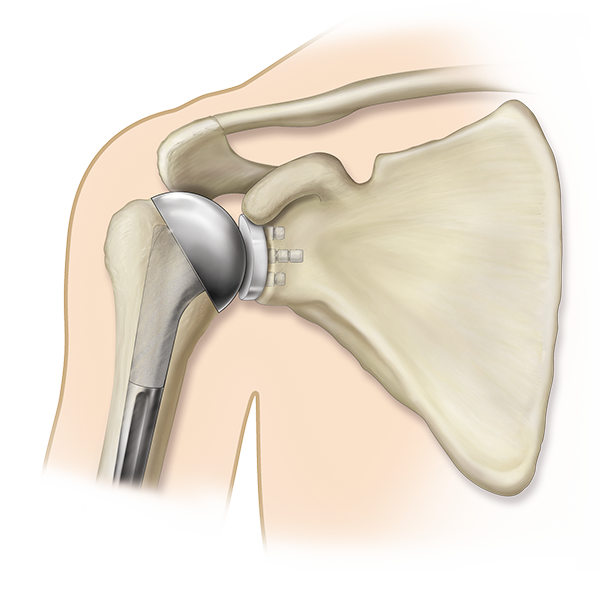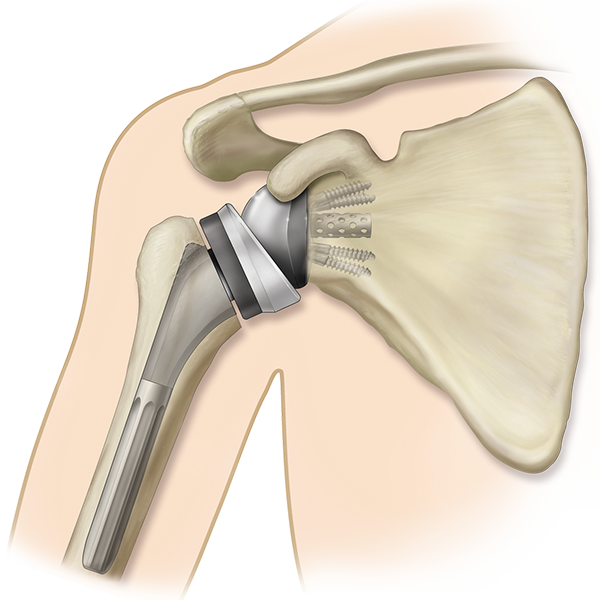Total Shoulder Replacement
Total Shoulder Replacement
It’s time to get back to what you love. Ask your physician if joint replacement surgery is right for you.
Shoulder Replacement
How Does Your Shoulder Work
What is Knee Replacement
Exactech Knee System
FAQs
How Does Your Shoulder Work?
In a healthy shoulder, these portions of bone are covered with cartilage, which allows for painless motion—lifting, pushing and pulling. But arthritis can damage this protective cartilage, which makes these motions painful.
Arthritis is one of the most common conditions that causes wear and tear to your joint cartilage and develops after years of constant motion and pressure on the joints. If non-surgical treatment options such as medication, physical therapy or lifestyle changes fail to provide relief, your surgeon may recommend shoulder replacement surgery.
What Is Shoulder Replacement?
Shoulder replacement surgery replaces the damaged part of your shoulder to recreate the natural contours of the bones in a healthy shoulder.
Watch Video on Total Shoulder Replacement
Primary Shoulder Replacement
During surgery, an incision is made in the front of the shoulder. Once the surgeon exposes the shoulder joint, the surgeon will remove the damaged bone and cartilage. The head of the humerus is then removed and a metal stem is placed into the humeral canal. This provides a stabilizing anchor for the new humeral head.
Reverse Shoulder Replacement
If the rotator cuff is no longer functioning normally, a surgeon may opt to perform a reverse total shoulder replacement. In this procedure, the anatomy of the shoulder is reversed by attaching a metal ball (glenosphere) to the glenoid and the plastic socket (humeral liner) to the upper humerus. A reverse shoulder replacement empowers the deltoid to become the main functioning muscle in the absence of a healthy rotator cuff.
Get Back To What You Love: Patient Stories
Larry, Shoulder Replacement Patient
Larry is an orthopaedic surgeon and a woodworker. He received Exactech’s Equinoxe Reverse Shoulder and this is his story.
Jan, Shoulder Replacement Patient
As a grandmother and a gardener, Jan was eager to get back to what she loved after shoulder replacement surgery.
Exactech Shoulder System
Offers a range of high-quality implants to help match each individual patient’s anatomy, meet a variety of indications and address unique clinical challenges to provide you with the best possible outcome.
The Exactech Shoulder System is a platform system that allows conversion of a primary or fracture shoulder replacement to a reverse with the same humeral stem, thereby conserving bone.
Exactech Primary and Reverse Shoulder System Features
Help match each individual patient’s bone structure
Preserve a patient’s natural anatomy
Work in a variety of procedures
Address unique clinical challenges

Frequently Asked Questions
In order to minimize risks, your surgeon may have you see your family physician before surgery to obtain tests. You also may need to have any upcoming dental work completed or prepare your home to avoid any post-surgery falls.
There are implants that have been documented to last 15-20 years. However, there are numerous factors that affect the longevity of a total joint replacement including patient indications (age, weight and activity level), implant design and materials used during surgery.
Just like your natural joint, the components of an artificial implant are subject to wear over time from friction caused by bending, straightening and supporting your body weight.
Therapy may begin the same day as your surgery and may continue up to four to six months post-op. Exercise is crucial for proper rehabilitation to promote blood flow, strengthen muscles and regain motion. Proper rehabilitation and willingness to follow all of your surgeon’s recommendations will contribute to a more successful recovery after surgery.
Most patients are able to resume everyday activities like climbing stairs and possibly driving three to four weeks post-op depending on your surgeon and your condition. This includes waist-level activities like writing for shoulder replacement patients. Activities such as golf, doubles tennis and swimming can usually be resumed, but only after a thorough evaluation by your surgeon. Recovery time will vary for each patient.
High-impact activities or contact sports are typically not recommended. These types of activities place an extreme amount of pressure on the joints, which could lead to complications.
Joint replacement surgery is a major operation and although it is extremely successful in most cases, some patients may experience complications, including but not limited to: infection, blood clots, implant breakage, malalignment and premature wear. Any of these can require additional surgery.
It’s time to get back to what you love. Ask your physician if joint replacement surgery is right for you.
- Data of file at Exactech. 051K. Intercondylar Femoral Notch Preparation for Posterior Stabilized Knee Arthroplasty – Volumetric Bone Resection According to Two Methods.
- US patent 6730128, Albert H Burstein, “Prosthetic Knee Joint,” issued 2004-05-04




